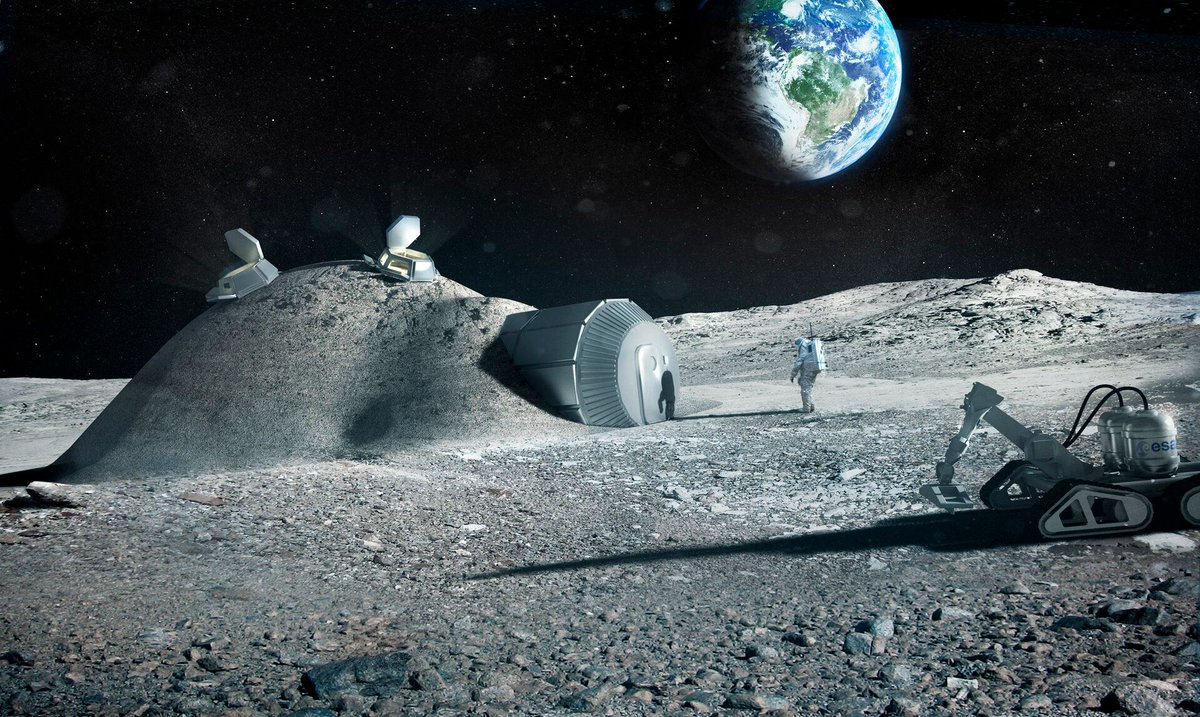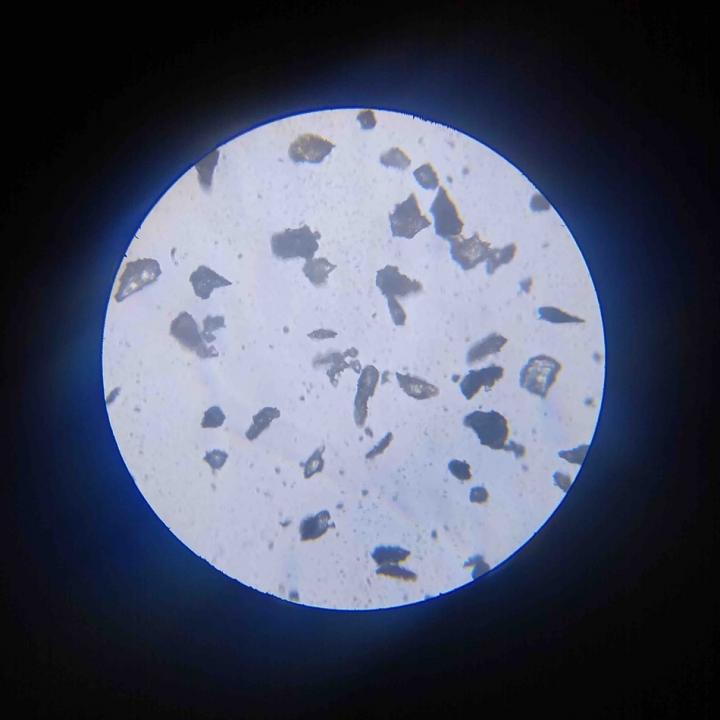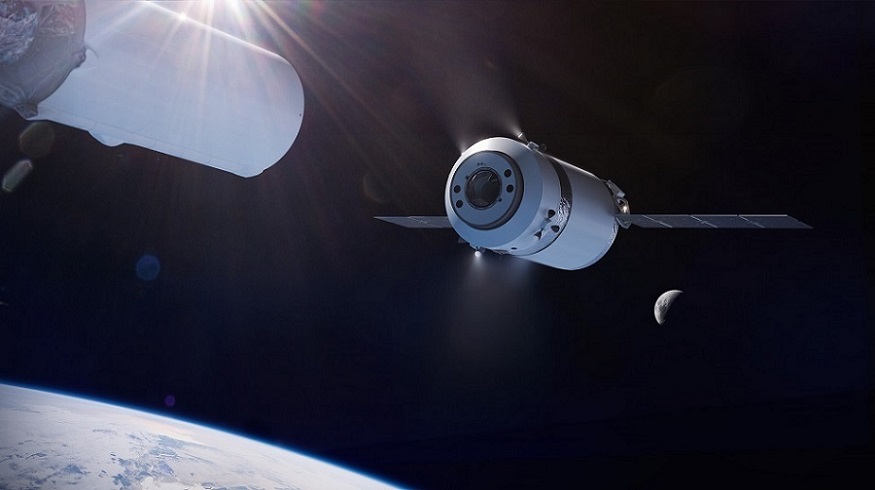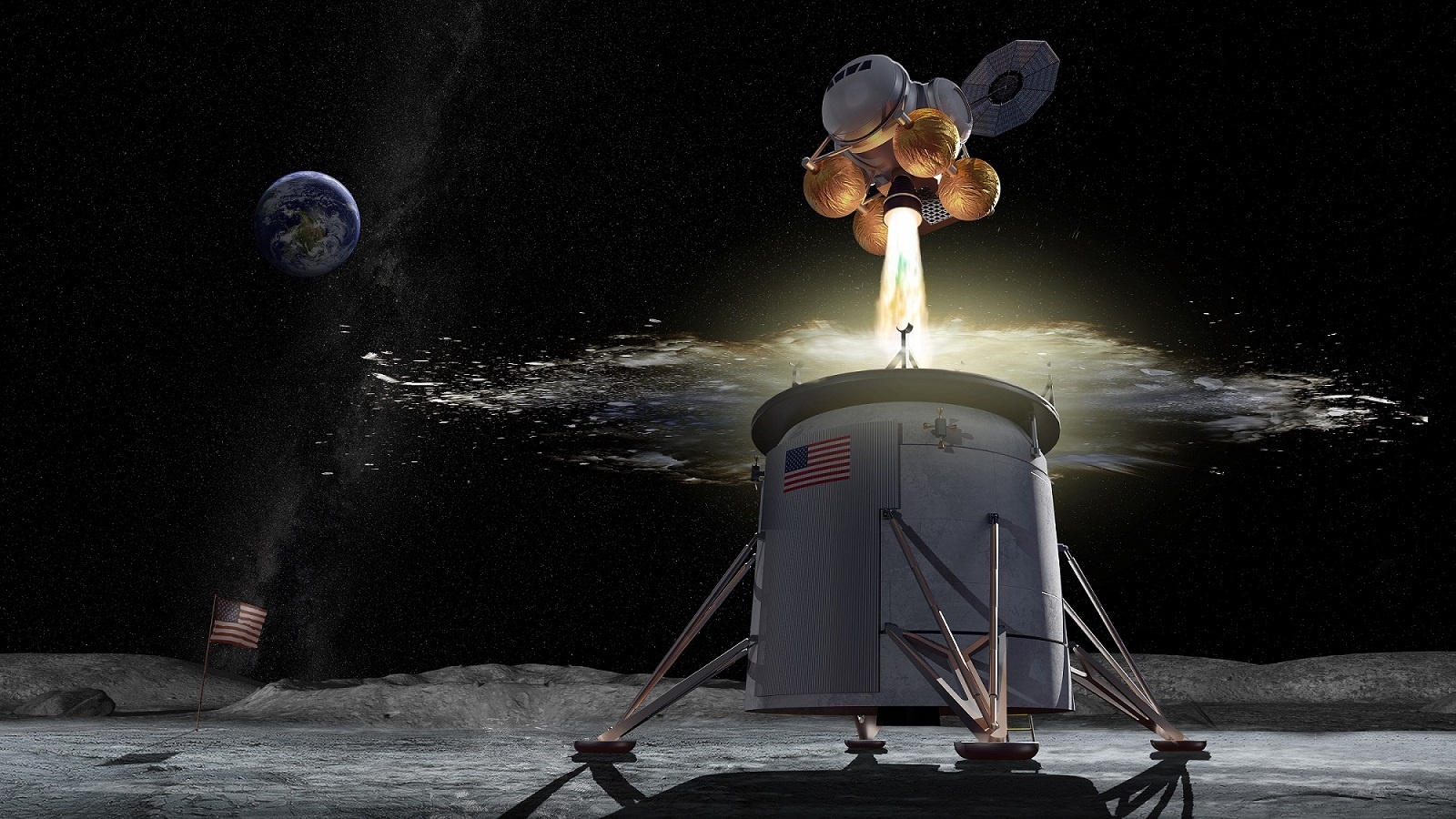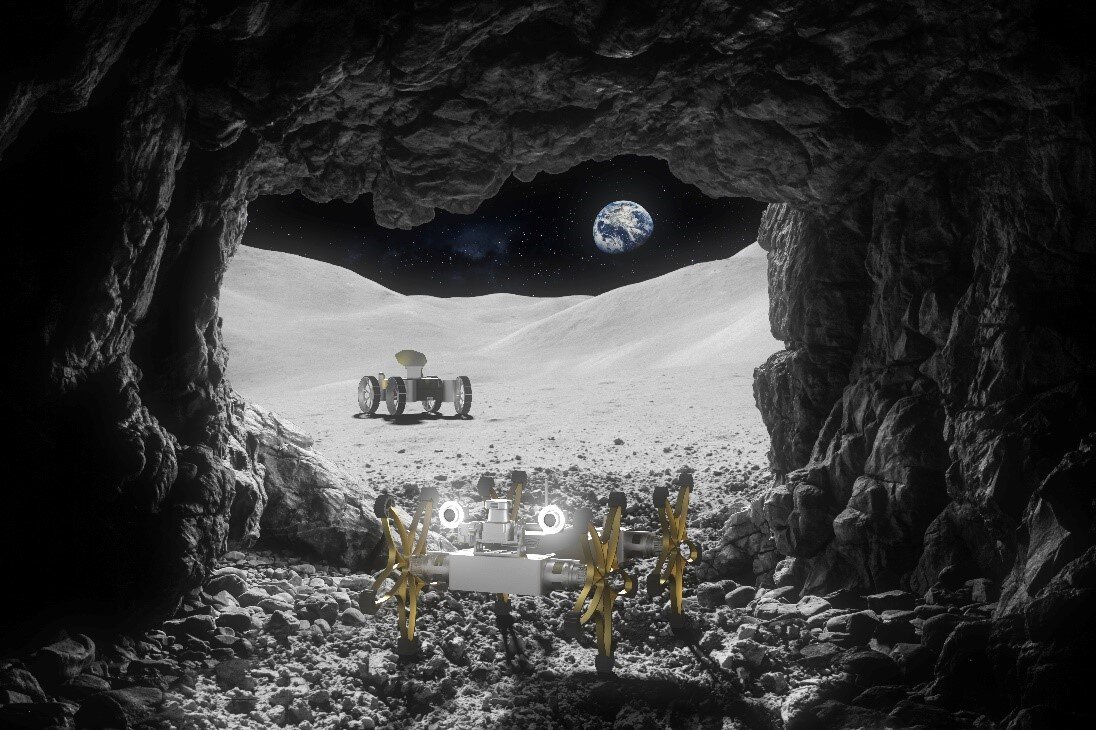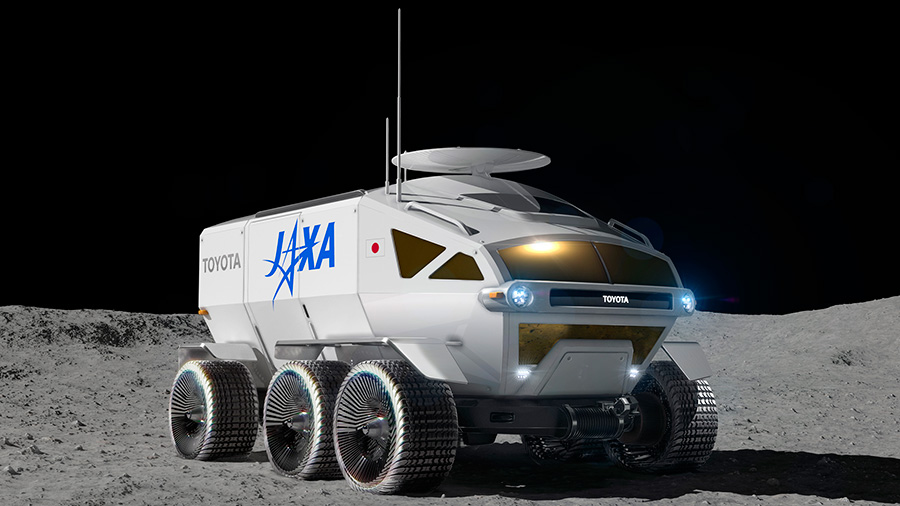Oxygen ranks right up there as one of the most important resources for use in space exploration. Not only is it a critical component of rocket fuel, it’s also necessary for astronauts to breathe anywhere outside Earth’s atmosphere. Availability of this abundant resource isn’t a problem – it’s widely available throughout the solar system. One place it is particularly prevalent is lunar regolith, the thin material layer that makes up the moon’s surface. The difficulty comes from one of the quirks of oxygen – it bonds to almost everything.
Approximately 45% of the weight of regolith is oxygen, but it is bonded to materials such as iron and titanium. To utilize both the oxygen and the materials it’s bonded to they must be separated. And a British company, with support from the European Space Agency, has begun testing a technique to judge its potential effectiveness on the moon.
Continue reading “Figuring Out How To Breathe the Moon’s Regolith”
